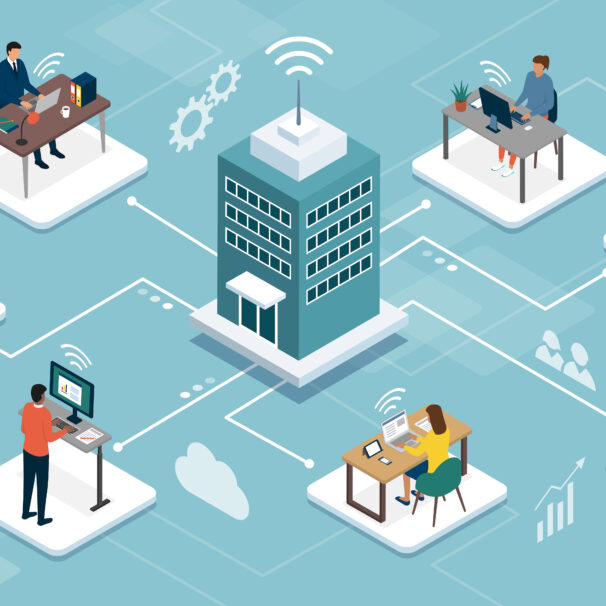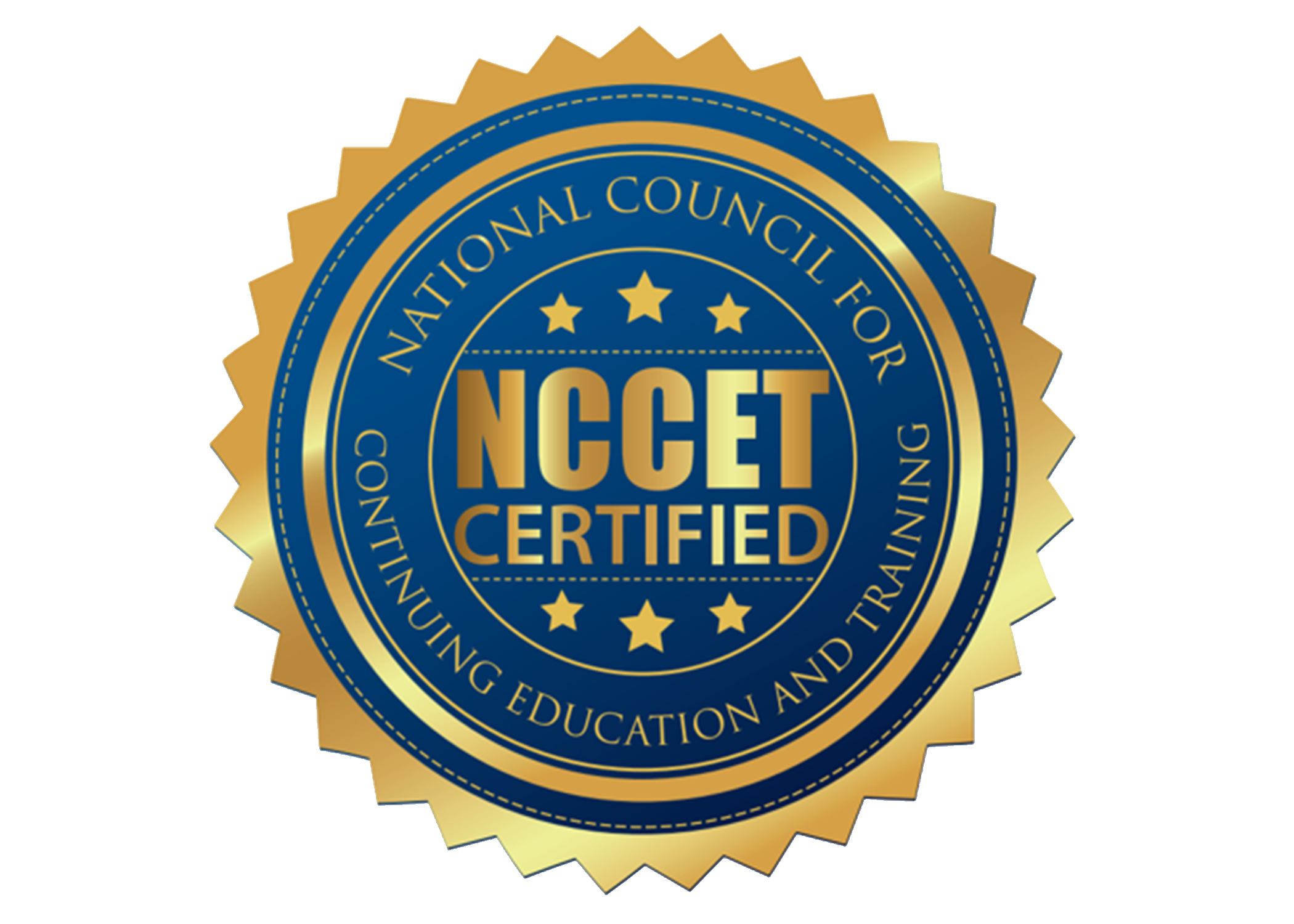This week on LinkedIn, an article1 on PwC’s decision to allow its 40,000 US client services employees to work virtually created a firestorm of comments to the article, with many lamenting the fact that the emerging workforce (Gen Zs) will never experience working alongside colleagues in an office environment.
Lamenting the loss of the ‘old way’ of doing business is not new. No matter what change is proposed, there are always those who are reluctant to change, those who are much more comfortable with how things have always been done. This tends to stem from our older generations. But that attitude doesn’t make for good business.
It made me think back to my father. He was a “Kodak man” in the era of three martini lunches, a very white workforce, and a solid ‘old-boys-club’ culture (the 1950s, ‘60s and early 70’s). We saw what happened to Kodak in the decades since, from S&P 500 to bankruptcy, with its inability to gauge its own commercial marketplace as the world embraced digital cameras, a technology Kodak had already developed but discarded since it didn’t fit with their “razor/blades” business model. Kodak’s diversity in their ranks of decision makers was more marked by the neighborhoods they lived in rather than diversity of culture, race, age and gender. Their leadership would not embrace a new business paradigm. They paid a high price for being comfortable with and unwilling to change their business model in changing times.
Millennials and Gen Zs have been working in teams since elementary school. Their adjustment when entering the workforce comes from now working collaboratively in a hierarchy where their prior collaborative work was with peers of same age and experience. This was not the case for the Baby Boomer generation, or even the Gen Xers. Those generations had to learn collaborative work skills from the office experience.
Remote work among professional staff is not new. I’ve worked with many organizations who employ consultants who work remotely and come in to collaborate, generate work products, offer advice, direction and experience in a collaborative work environment. I joined these ranks relatively early in my career in the early 1990s and have been a dedicated and integral part of many teams, even if I wasn’t physically present every day.
I applaud PwC’s forward vision to boldly go where no large company has gone before. This is a big paradigm shift for them and undoubtedly will lead to some surprises. But teams will figure out how to work remotely and how to bring in younger or new staff to learn the corporate culture. Managers will create ways to foster engagement, and encouragement, and draw out the best of all of their workers. I encourage the management at PwC to look to the adaptability of your younger generational staff which will help your transition.
We have been pondering the office space question at my company. We went to fully remote work in March of 2020 and gave up the space 3 months later. In May 2021, when the vaccines were giving us hope that we were through the worst of it, my leadership team and I decided to search for a small space where we could meet for collaborative work. Before we could find what we needed, the Delta variant emerged, and we stopped our search.
My approach is to know what my employees need and what helps them work at high levels of productivity. An office environment, at this point for us, would be a collaborative meeting space rather than a place where we all park to work for 8 or more hours a day.
My workforce is represented by four of the five generations. The missing generation, the Traditionalists, aren’t involved in the day to day, but work with us as advisors. We have not had issues with bringing on Gen Z staff and Zillenials.2 These younger individuals are dedicated and want to contribute. My challenge is learning their skills, focusing their energies, and building their engagement in meaningful ways. Remote work doesn’t mean they don’t work ‘alongside’ colleagues. It’s just that the nature of ‘alongside’ is transforming to be a more inclusive term that incorporates the use of video conferencing in addition to meeting in person.
I don’t believe that remote work equals an isolated working environment. We are redefining what workspace is today. Boundaries are being redefined. We may no longer have assigned desks and the use of dedicated private office space may be by appointment. Hotel desks, where you are assigned workspace as you arrive to work, and teams reserve groupings ahead of time, are already part of the culture of many organizations. I hope that the transition to remote work removes barriers to diversity.
Before you know it, the Gen Zs will be the new leaders implementing the next big business culture change. From what I see working with our “Zillenials”2 and Gen Zs, these individuals are ready to tackle the next big challenge.
In fact, I’m queuing up the 1980’s Timbuk 3 hit “The Future’s So Bright, I Gotta Wear Shades.”
2Am I A Millennial Or Gen Z? What Are Zillennials? (refinery29.com)


